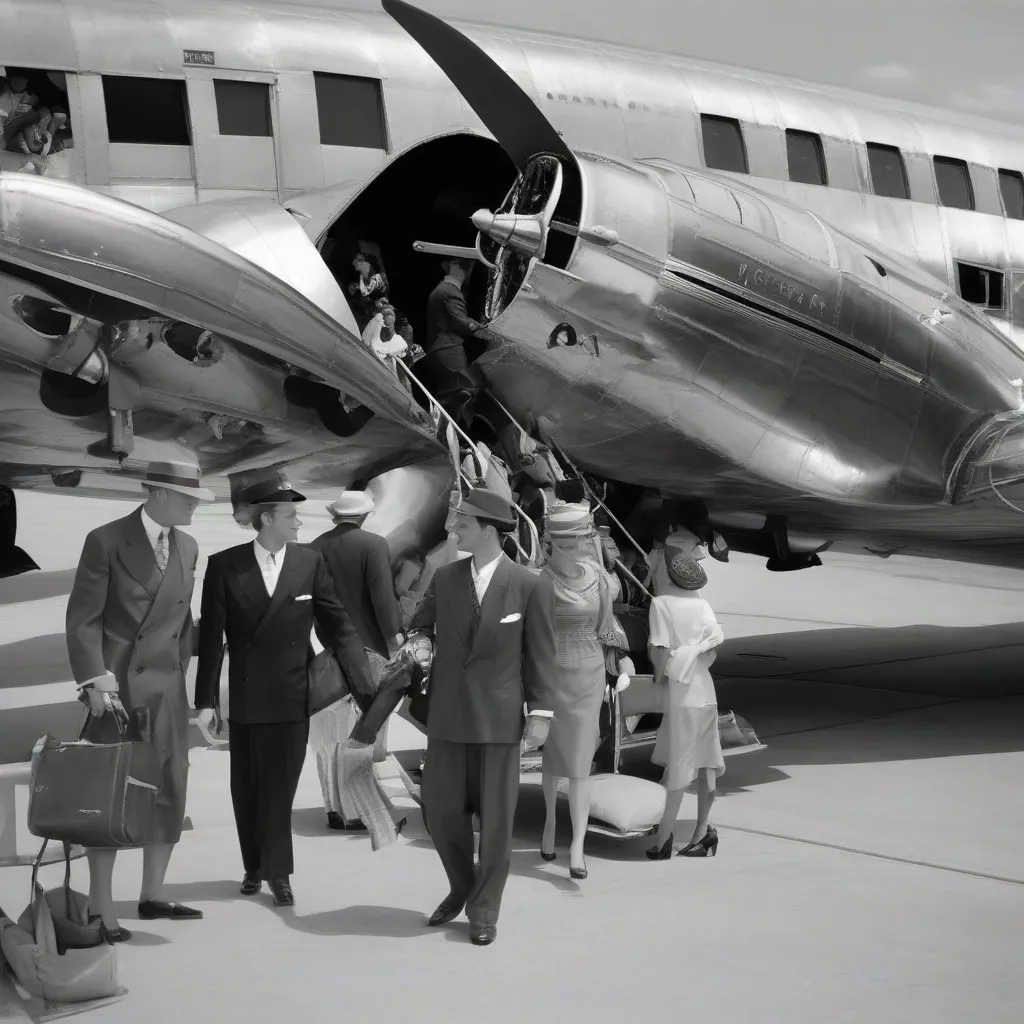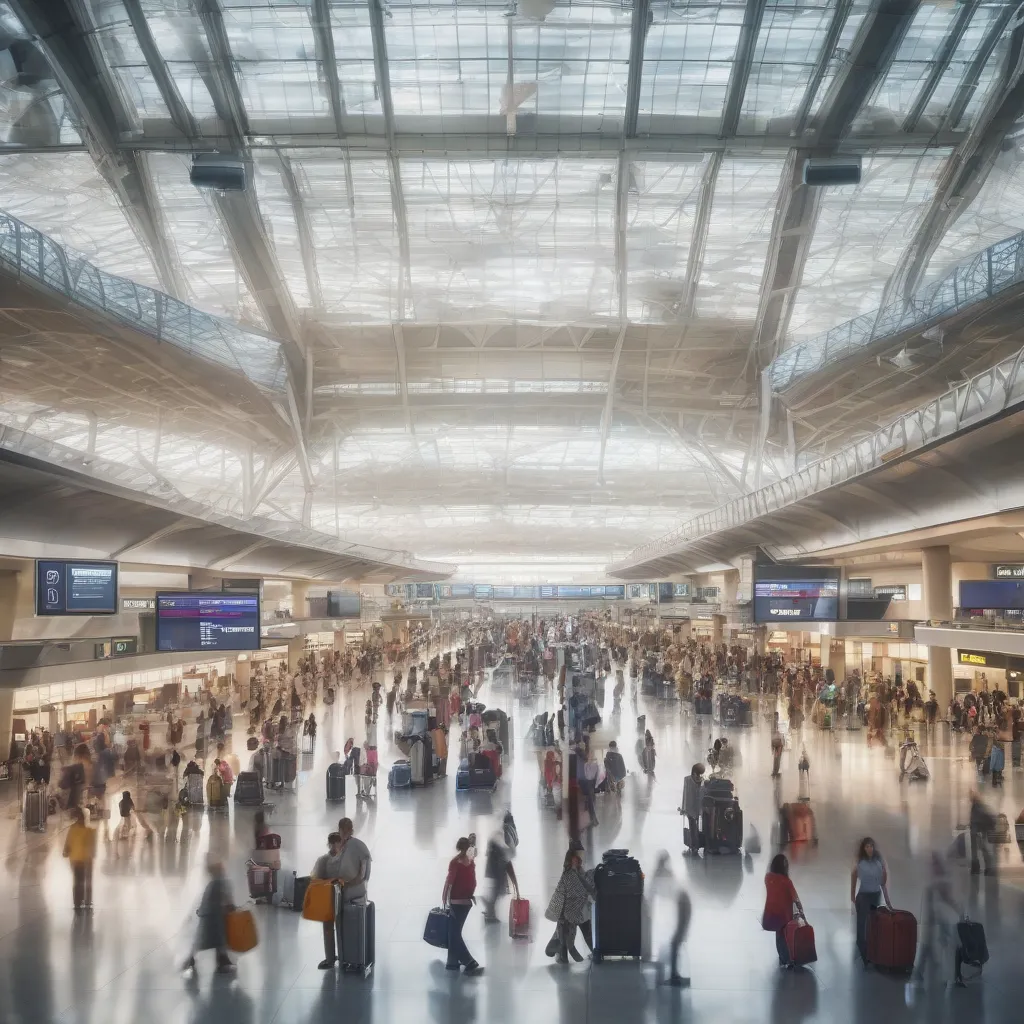“Up, up, and away!” This familiar phrase once conjured images of hot air balloons and dreams of touching the sky. But today, it’s synonymous with something we often take for granted: air travel. So, when exactly did this modern marvel become a common occurrence? Let’s take a trip through time to explore the evolution of flight and how it transformed from a luxury to an everyday experience.
The Dawn of Commercial Air Travel
While the Wright brothers made history with their first successful flight in 1903, it was a far cry from the streamlined jets we board today. The real turning point came after World War I. The conflict spurred massive advancements in aviation technology, and governments began to recognize the potential of air travel.
Taking Off in the 1920s and 1930s
The 1920s saw the birth of commercial airlines, with Europe initially leading the way. Companies like KLM and Deutsche Luft Hansa (later Lufthansa) started offering international flights. In the United States, the Ford Trimotor, a three-engine behemoth, became a symbol of progress, connecting cities like never before.
The Golden Age of Flight: Post-World War II
World War II brought another wave of technological innovation. Surplus military aircraft were repurposed for civilian use, and larger, faster planes like the Douglas DC-3 revolutionized air travel. This era marked the beginning of what many consider the “Golden Age of Flight.”
 Air Travel in the 1950s
Air Travel in the 1950s
The Jet Age and Beyond: Accessibility Takes Flight
The introduction of jet engines in the 1950s was a game-changer. Planes like the Boeing 707 and Douglas DC-8 made international travel significantly faster and more accessible. Remember the iconic Pan Am logo? They were pioneers in connecting the world during this exciting time.
When Did Air Travel Become “Common”?
Pinpointing an exact date when air travel became “common” is difficult, but the 1960s marked a significant shift. Factors like:
- Increased Affordability: As technology improved and competition grew, the cost of flying gradually decreased, making it a viable option for more than just the wealthy.
- The Rise of Tourism: Post-war prosperity led to a boom in leisure travel. People yearned to explore far-off destinations, and air travel made those dreams a reality.
- Package Holidays: The introduction of package holidays, which bundled flights, accommodation, and often meals, further democratized air travel, making it accessible to the middle class.
 Busy International Airport Terminal
Busy International Airport Terminal
Air Travel Today: A Global Phenomenon
Today, air travel is an integral part of our globalized world. From budget airlines to luxurious first-class suites, options abound for every traveler. Websites like TRAVELCAR.edu.vn provide a wealth of information for planning your next adventure, ensuring a smooth and enjoyable journey.
FAQs About the History of Air Travel
1. What was the first airline to offer transatlantic flights?
Pan American World Airways (Pan Am) launched the first scheduled transatlantic passenger service in 1939.
2. How has air travel impacted tourism?
Air travel has revolutionized tourism by making it easier and faster to reach destinations around the world, contributing significantly to global tourism growth.
3. What are some of the challenges facing the aviation industry today?
Environmental concerns, rising fuel costs, and increasing competition are some of the key challenges the industry faces.
Fly Into the Future
Air travel has come a long way since those early days of rickety biplanes. What once seemed like a distant dream is now an everyday reality for millions. As technology continues to evolve, it will be fascinating to see how air travel transforms in the years to come. What new destinations will we explore? What innovations will reshape the flying experience? Only time will tell!
